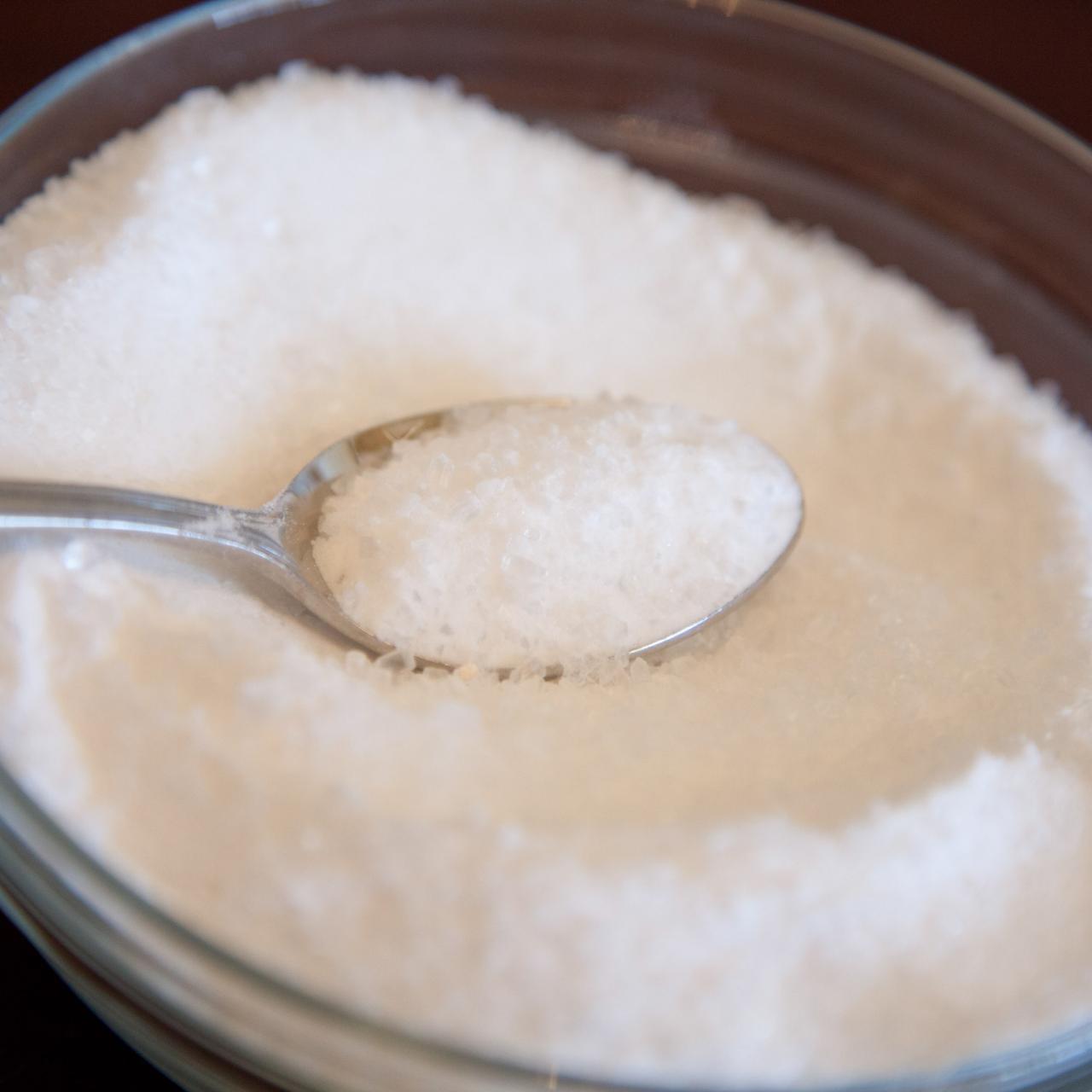Find What Plants Don't Like Epsom Salt in Your Yard
Learn More About the Details Plants That Are Adversely Impacted by Epsom Salt Application
Epsom salt, a popular home solution for various gardening issues, is frequently commended for its beneficial impacts on plant growth. Nevertheless, not all plants respond positively to its application. Recognizing the certain plants that can be detrimentally affected by Epsom salt is critical for any kind of garden enthusiast seeking to maximize their plant treatment routine. Roses, tomatoes, peppers, azaleas, and rhododendrons are just a couple of instances of plants that might not react well to Epsom salt. The factors behind these adverse effects and just how to minimize them are essential knowledge for maintaining a growing garden.
Roses

Roses, especially conscious adjustments in their atmosphere, can be negatively influenced by the application of Epsom salt. While Epsom salt is generally utilized as a fertilizer to promote plant development and improve flowering, roses are just one of the plants that do not react well to its application. The high magnesium web content in Epsom salt can hinder the uptake of other crucial nutrients by the rose plants, causing shortages that show up as yellowing leaves or stunted development.

Tomatoes
While Epsom salt is frequently touted as a solution for various plant issues, consisting of bloom end rot in tomatoes, its application can lead to damaging results if not used carefully. Extreme Epsom salt, which is magnesium sulfate, can disrupt the fragile nutrient equilibrium required by tomatoes, possibly leading to shortages in other essential nutrients like calcium. When taking into consideration the usage of Epsom salt on tomatoes, it is essential to adhere to recommended application prices and soil testing to protect against unintended repercussions on the overall health and wellness and efficiency of these beloved yard plants.
Peppers
Peppers, revered for their numerous shades and levels of spiciness, can demonstrate sensitivity to unfavorable effects from Epsom salt when not used with treatment and factor to consider for their particular dietary requirements. what plants don't like epsom salt. Peppers, belonging to the Solanaceae family members, require a fragile balance of nutrients to prosper. While Epsom salt is known to enhance magnesium degrees in plants, too much application can disrupt this stability, causing adverse impacts on pepper plants
When peppers are exposed to high degrees of magnesium from Epsom salt, it can disrupt the plant's ability to take in various other important nutrients like calcium and potassium. This inequality may manifest in signs and symptoms such as leaf discoloration, stunted development, and reduced browse around this site fruit manufacturing. Furthermore, the too much magnesium can alter the soil pH, more intensifying nutrient uptake problems for peppers.

Rhododendrons
Given the sensitivity of specific plant types to inequalities created by Epsom salt, it is vital to take into consideration the effect on Rhododendrons, which likewise call for details nutrient degrees to thrive. Rhododendrons are acid-loving plants that prefer acidic soil problems with a pH array in between 4.5 and 6.0. Epsom salt, chemically recognized as magnesium sulfate, can modify the dirt pH and disrupt the delicate equilibrium of nutrients crucial for Rhododendron wellness.

To maintain the ideal growth and health of Rhododendrons, it is critical to stay clear of the indiscriminate use of Epsom salt and rather concentrate on giving the certain acidic soil problems and nutrients that these plants need for thriving.
Azaleas
These popular blooming plants are often discovered in yards, parks, and landscapes due to their elegance and versatility. While Epsom salt is frequently used as a remedy for magnesium deficiency in plants, its application to azaleas can have negative impacts.
When Epsom salt is put on azaleas, it can alter the dirt pH, making it a lot more acidic. Azaleas prefer a little acidic soil problems, and an excess of magnesium from Epsom salt can disrupt this equilibrium, causing nutrient inequalities and potential toxicity concerns. The wrong application of Epsom salt can result in stunted growth, yellowing of leaves, and total decrease in the health of azaleas. It is vital to be mindful when taking into consideration the use of Epsom salt on azaleas to prevent any unfavorable repercussions on these delicate ornamental bushes.
Conclusion
Finally, it is essential to be familiar with the specific plants that can be detrimentally impacted by the application of Epsom salt. Roses, tomatoes, azaleas, peppers, and rhododendrons are some examples of plants that may not gain from Epsom salt and might also suffer damage. It is crucial to research study and recognize the needs of each plant types prior to using Epsom salt as a fertilizer to guarantee their Web Site health and wellness.
Recognizing the specific plants that can be negatively influenced by Epsom salt is crucial for any type of garden enthusiast looking to optimize their plant care routine. While Epsom salt is generally used as a fertilizer to advertise plant development and boost flowering, roses are one of the plants that do not respond well to its application.Extreme usage of Epsom salt can additionally result in an accumulation of salts in the dirt, leading to root damage and dehydration of the rose plants. While Epsom salt is understood to improve magnesium degrees in plants, too much application can interrupt this stability, leading to adverse effects on pepper plants.
The high salt content in Epsom salt can likewise dry out Rhododendron origins, creating more stress and damage to the plant. (what plants don't like epsom salt)